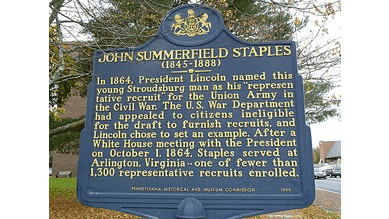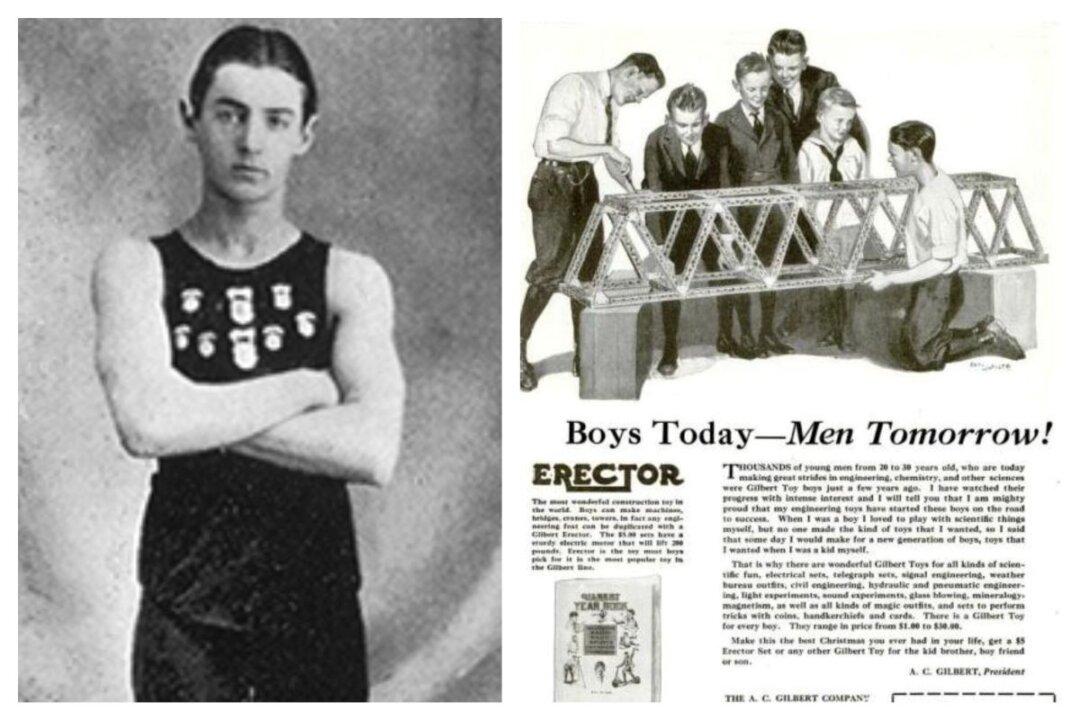By the start of 1863, America had been embroiled in its Civil War for nearly two years. As the deaths and casualties mounted on each side, President Abraham Lincoln’s Emancipation Proclamation, which took effect on Jan. 1, 1863, was a watershed moment. Months later, another watershed moment took place. Congress passed the nation’s first conscription law with the Enrollment Act of 1863 (the Confederacy had passed a similar law in April of 1862), which required all able-bodied men between the ages of 20 and 45 to enroll in the draft.
There was, however, a caveat. One could “furnish an acceptable substitute to take his place in the draft” or pay $300 “for the procuration of such substitute.” Among those who could not afford such a luxury, it created a firestorm, especially in New York City. When the Army conducted the first of its four drafts in July of 1863, they were met with violent opposition, which lasted several days and would become known as the New York City Draft Riots of 1863.






